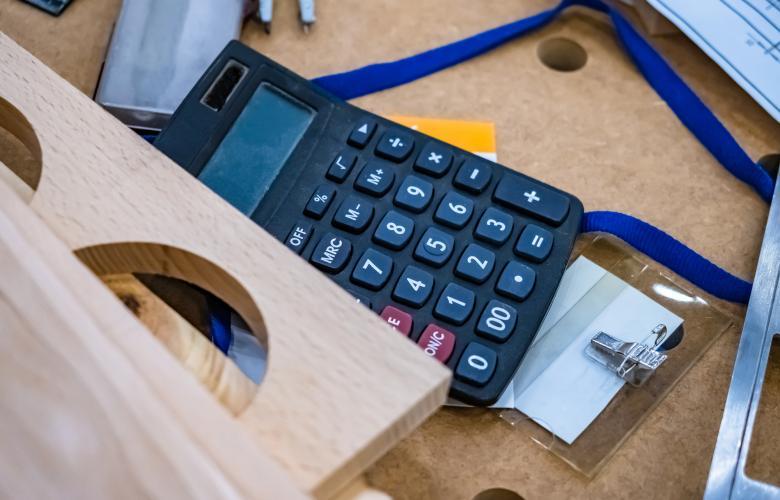How scrapping can boost commercial investment cash flow - BMT Tax Depreciation
Contact
How scrapping can boost commercial investment cash flow - BMT Tax Depreciation
Commercial property owners and tenants who don't scrap assets during a renovation may literally be throwing away cash, according to BMT Tax Depreciation.
Renovating a commercial property has many drawcards such as increasing value, functionality and attracting new tenants. However, commercial property owners and tenants can literally throw away cash when they are renovating.
Many don’t realise the items tossed in the bin following a renovation can earn them money through a process called scrapping.
What is scrapping?
When an asset or part of an income-producing property is removed during a renovation, it can be scrapped.
Scrapping means that the owner can claim any remaining value of the asset as an instant deduction in the same financial year. For example, if office carpet with the depreciable value of $3,000 was removed the owner can claim this back instantly come tax time.
A tax depreciation schedule is essential for scrapping. A schedule must be completed both before and after the asset removal to be claimed. This ensures that the claim is maximised, and total compliance is maintained.
Scrapping for commercial tenant
It’s common for commercial tenants to do their own property fit-out. For an office, the fit-out could include desks, meeting room equipment, partitions, kitchen appliances and signage.
Most commercial leases require the tenant to leave the property in its original state. This means the tenant needs to remove their entire fit-out.
Removing and disposing of the fit-out allows the tenant to claim scrapped deductions. However, it’s important to remember that scrapping won’t apply to any items that are reused for the next property the tenant leases. If they sell the asset any proceeds must be included in their assessable income.
Scrapping for property owners
There are several reasons why a commercial property owner may renovate or remove items from the property. Maybe they want to repurpose the space to attract different tenants or make the area more versatile.
Owners can scrap much more than the commercial tenant. This is because they have the freedom to change the structure of the building and permanently fixed items like windows, doors and bathroom fixtures.
Using the same office example earlier, the property owner completed a structural renovation which included removing internal walls to change the layout. The removed walls still held a depreciable value of $15,000. The owner could claim the $15,000 as an instant deduction that year, in addition to the first-year deduction of the new walls.
What happens if the asset is destroyed?
When an asset is destroyed in an event such as fire and flood it may be scrapped, however it depends if there’s an insurance claim.
If an insurance claim is made and payout is issued, many variables can affect the depreciation outcome. The only way the commercial owner can scrap a destroyed asset is when there’s no insurance claim made. In these instances, depreciation works as usual.
BMT makes scrapping easy
BMT Tax Depreciation helps commercial property owners and businesses boost cash flow with their comprehensive tax depreciation schedules.
Organising a BMT Tax Depreciation schedule before and after a renovation will ensure that you claim the highest deductions possible. To find out more about commercial depreciation, contact BMT on 1300 728 726 or Request a Quote.
This is a sponsored feature article.
Read more from BMT:
The current depreciation incentives supporting Australian businesses
A depreciation checklist for commercial property owners and tenants
Commercial property: frequently asked depreciation questions







